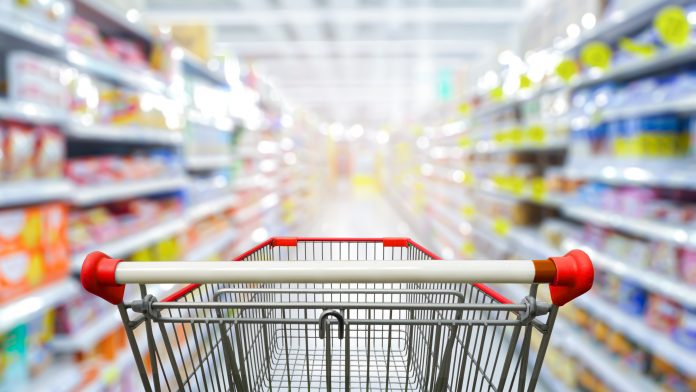Consumers spent more than $35.8 billion across the country in September, according to seasonally adjusted figures released by the Australian Bureau of Statistics (ABS).
Australian retail turnover rose 0.9%, following rises of 0.3% in August and 0.6% in July. Year on year, retail sales increased 2%.
“The strong rise in September came from a diverse range of factors across the retail industry,” says ABS Head of Retail Statistics Ben Dorber.
“The warmer-than-usual start to spring lifted turnover at departments stores, household goods and clothing retailers, with more spending on hardware, gardening, and clothing items.
“Also adding a boost to turnover in household goods retailing was the release of a new iPhone model and the introduction of the Climate Smart Energy Savers Rebate program in Queensland.
“While the rise in September was the largest since January, subdued spending for most of 2023 means that underlying growth in retail turnover remains historically low. Retail turnover in trend terms is up only 1.5% compared to September 2022 – the smallest trend growth over 12 months in the history of the series.”
Food and takeaway
In terms of retail turnover, food retailing rose 1% following two consecutive monthly falls, while cafes, restaurants and takeaway was flat.
The most significant year-on-year sales increases, on the other hand, came from cafes, restaurants, and takeaway (up 6.1%) and food (up 3.5%).
“Food and takeaway again led the spending growth, and this is consistent with what we’ve seen all year – shoppers are prioritising the essentials in a cost-of-living crisis,” says Australian Retailers Association (ARA) CEO Paul Zahra.
Non-food retail
Department stores (up 1.7%) recorded the largest turnover rise of the non-food industries, followed by household goods retailing (up 1.5%), other retailing (up 1.3%), and clothing, footwear and personal accessory retailing (up 0.3%).
Year on year, other retailing (recreational, sporting goods, cosmetics) led the modest growth for discretionary categories (up 1.6%), followed by department stores, which rebounded from decline in August (up 1.3%) and clothing, footwear and accessories (up 1.1%).
Household goods again recorded a spending decline (down 4.4%), marking nine consecutive months of negative growth.
State breakdown
Retail turnover growth was up in all states and territories, led by Tasmania (1.8%). This was followed by NSW (1.3%), Victoria (1.2%), South Australia (1%), Queensland (0.5%), the Northern Territory (0.5%), the ACT (0.5%), and Western Australia (0.1%).
All states and territories recorded growth year-on-year, too, led by the ACT (up 4.3%). This was followed by SA (up 3.5%), WA (up 3.0%), Victoria (up 2.9%), NT (up 2.5%), NSW (up 1.7%), Tasmania (up 0.8%) and Queensland (up 0.1%).
Looking ahead
Mr Zahra says the Reserve Bank of Australia’s monetary decision on Melbourne Cup Day (7 November) will be “pivotal” to the success of retailers during the “most important” trading time of the year. The ARA urges the RBA to hold interest rates considering this.
“Discretionary retailers make up to two-thirds of their profits during the all-important Christmas period, so poor performance can be make-or-break particularly for small business,” says Mr Zahra.
“While much has been said about the cost-of-living crisis, retailers are also experiencing a cost of doing business crisis and will be concentrating on offering the best service and value for budget conscious shoppers as they lead into the all-important Christmas trading period.”





